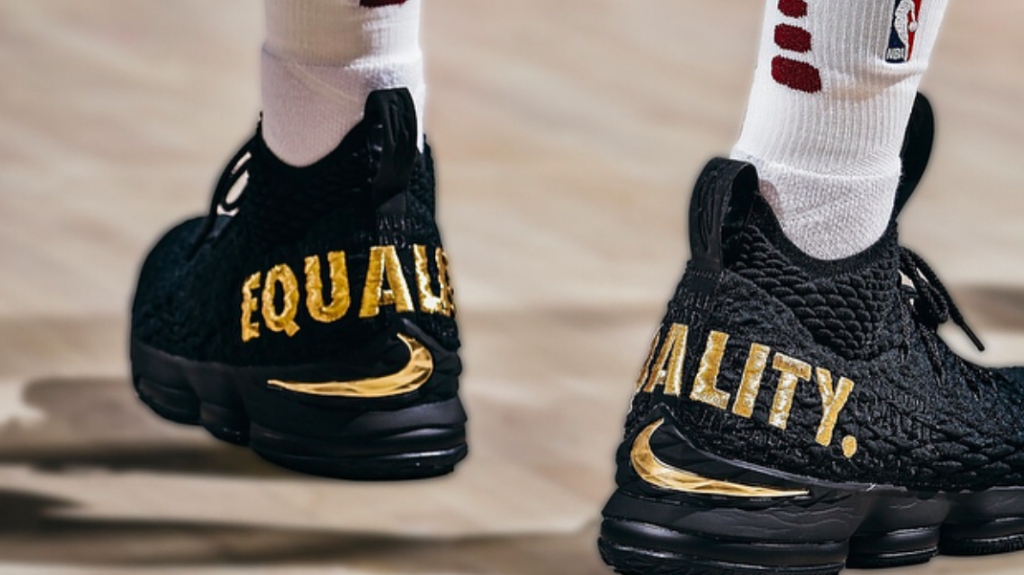Nike Inc. reported earnings dropped in the second quarter but both earnings and sales topped Wall Street’s guidance. Sales rose 3 percent as double-digit growth in China and EMEA offset a 5 percent drop in the North America region.
For the quarter ended November 30, revenue growth was driven by international geographies and continued strength in Nike Direct, which was partly offset by an expected decline in North America wholesale revenue.
Diluted earnings per share were 46 cents, down 8 percent compared to the same period last year due primarily to a decline in gross margin and higher selling and administrative expense, which offset solid revenue growth, a lower tax rate and a lower average share count.
Earnings of 46 cents a share exceeded Wall Street’s consensus estimate of 40 cents a share. Sales came in at $8.6 billion, also above the consensus target of $8.4 billion.
“This quarter, led by our Consumer Direct Offense, we accelerated international growth and built underlying momentum in our domestic business,” said Mark Parker, chairman, president and CEO, Nike Inc. “For the back half of the fiscal year, Nike’s innovation line-up is as strong as it’s ever been and we’ll continue to actively shape retail through new differentiated experiences.”*
Second Quarter Income Statement Review
- Revenues for Nike Inc. increased 5 percent to $8.6 billion, up 3 percent on a currency-neutral basis.
- Revenues for the Nike Brand were $8.1 billion, up 4 percent on a constant-currency basis, driven by EMEA, Greater China and APLA, including growth in the Sportswear and Nike Basketball categories.
- Revenues for Converse were $408 million, down 4 percent on a currency-neutral basis, as international growth was more than offset by declines in North America.
- Gross margin declined 120 basis points to 43 percent, as higher average selling prices were more than offset by unfavorable changes in foreign currency exchange rates and, to a lesser extent, higher product costs per unit.
- Selling and administrative expense increased 10 percent to $2.8 billion. Demand creation expense was $877 million, up 15 percent, primarily driven by higher sports marketing and advertising costs. Operating overhead expense increased 8 percent to $1.9 billion, due largely to higher administrative costs and continued investments in Nike Direct.
- Other expense, net was $18 million as net foreign currency exchange losses were partially offset by non-operating items.
The effective tax rate was 12.7 percent, compared to 24.4 percent for the same period last year, reflecting the tax benefit from stock-based compensation in the current period, as well as an increase in the mix of earnings from operations outside of the U.S., which are generally subject to a lower tax rate. - Net income decreased 9 percent to $767 million as a decline in gross margin and higher selling and administrative expense more than offset revenue growth and a lower tax rate, while diluted earnings per share decreased 8 percent from the prior year to 46 cents, including a 2 percent decline in the weighted average diluted common shares outstanding.
By region, North-American sales for Nike Brand declined 4.5 percent to $3.49 billion and was down 5 percent on a currency-neutral basis. Operating profits (EBIT) dropped 14.1 percent to $ $783 million.
In Europe, Middle East & Africa (EMEA), sales for Nike Brand increased 19 percent to $2.13 billion and gained 14 percent on a currency-neutral basis. EBIT improved 7.7 percent to $337 million.
In Greater China, sales for Nike Brand improved 15.8 percent to $1.22 billion and gained 15 percent on a currency-neutral basis. Operating profits inched up 0.8 percent to $378 million.
In the Asia Pacific & Latin America region, sales for Nike Brand advanced 5.6 percent to $1.27 billion and gained 8 percent on a currency-neutral basis. Operating profits grew 9.4 percent to $291 million.
At Converse, sales were down 1.9 percent to $408 million. Operating income slumped 38.5 percent to $48 million.
November 30, 2017 Balance Sheet Review
Inventories for Nike, Inc. were $5.3 billion, up 6 percent from November 30, 2016, driven primarily by changes in foreign currency exchange rates and, to a lesser extent, an increase in Nike Brand units.
Cash and equivalents and short-term investments were $6.4 billion, $446 million higher than last year due to net income, and proceeds from debt issuance and employee exercises of stock options, which more than offset share repurchases, dividends and investments in infrastructure.
Share Repurchases
During the second quarter, Nike, Inc. repurchased a total of 16.7 million shares for approximately $902 million as part of the four-year, $12 billion program approved by the Board of Directors in November 2015. As of November 30, 2017, a total of 111.8 million shares had been repurchased under this program for approximately $6.2 billion.
Photo courtesy Nike















